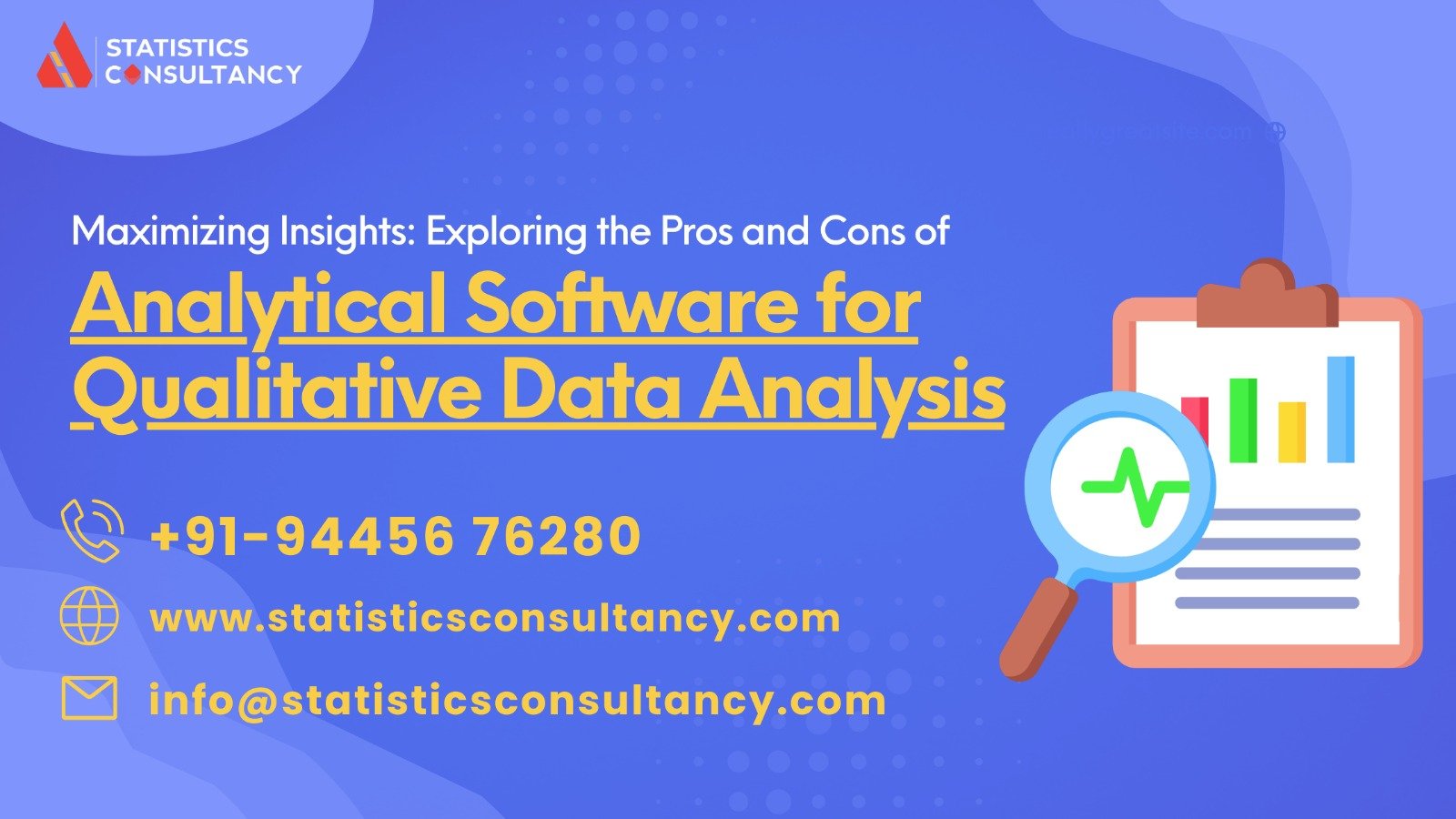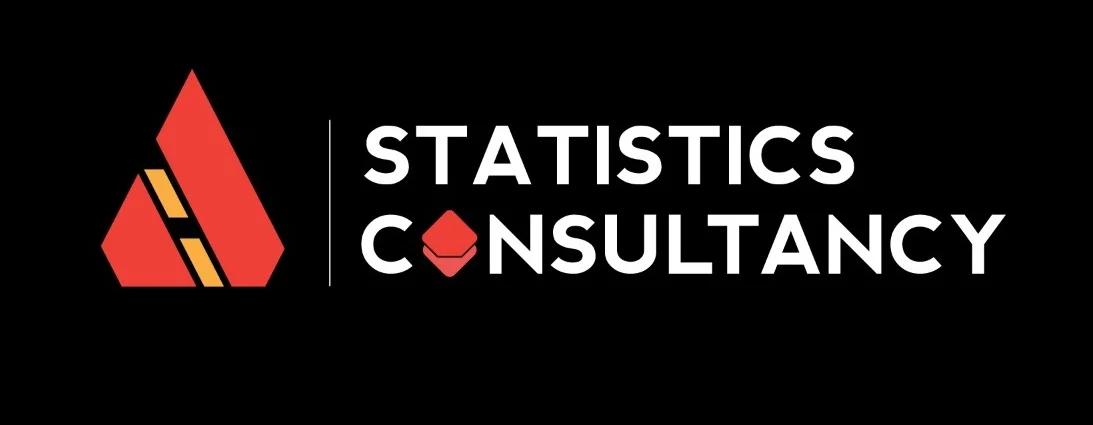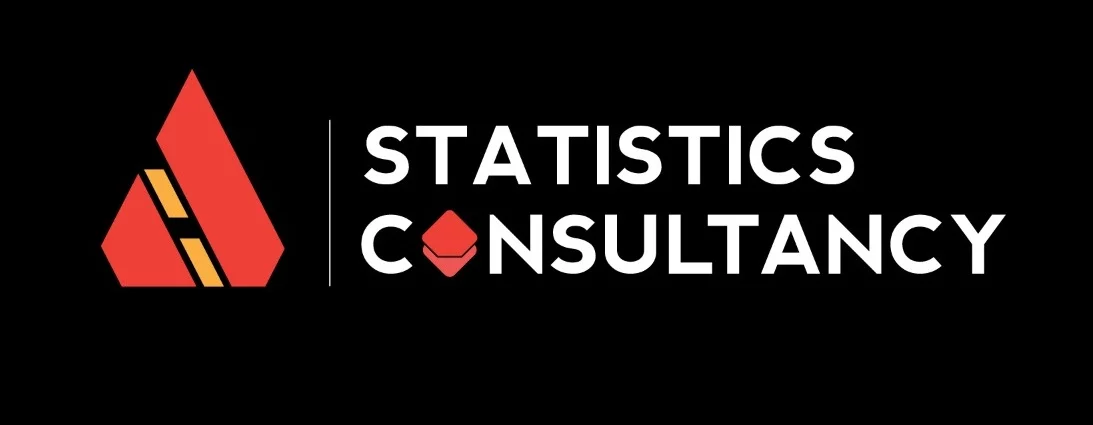
Introduction:
- Data analysis software refers to the process of examining and dissecting datasets to draw conclusions and insights from the information they contain.
- These methodologies aid in uncovering patterns within raw data and extracting valuable insights.
- Qualitative data analysis plays a pivotal role in enabling organizations to gain ongoing insights into areas such as sales, marketing, finance, product development, and beyond.
- It facilitates collaboration among teams within organizations, leading to improved outcomes.
- Examining past business performance and enhancing future business processes is valuable for businesses.
- A qualitative research data analysis plan helps organizations gain a competitive edge.
Advantages:
1. Enhanced Decision-Making:
- Data analytical software empowers organizations to make more informed decisions.
- Often, decisions within organizations are influenced by gut instincts rather than facts and data.
- This can be attributed to the lack of access to high-quality data that aids in better decision-making.
- Analysis transforms data accessibility into meaningful insights for executives, enabling them to make superior choices.
- Making less vulnerable decisions is a potential source of competitive advantage since poor decisions can adversely affect various aspects, including company growth and profitability.
2. Increased Operational Efficiency:
- Analysis enables the rapid examination of large volumes of data, presenting it in an organized manner to help achieve specific organizational goals.
- It fosters a culture of efficiency and collaboration by allowing managers to share analytical findings with employees in qualitative business research and analysis.
- Identifying gaps and improvement areas within an organization becomes evident, and strategic actions can enhance overall workplace efficiency, thereby boosting productivity.
3. Keeping Pace with Customer Behavioral Changes:
- In today’s world, consumers have numerous choices, and organizations must align with customer desires and expectations to avoid a downward spiral.
- Customers frequently change their preferences as they are exposed to continuous streams of new information in the era of digitization.
- With a vast amount of customer data, organizations cannot keep track of all shifts in customer perception without harnessing the power of analytical software.
- Analytical software provides insights into how the target market thinks and whether there have been any changes.
- Therefore, monitoring shifts in customer behavior can offer a significant advantage, enabling organizations to promptly respond to market changes using qualitative data analysis.
4. Personalization of Products and Services:
- Gone are the days when companies could offer a standard set of products and services to customers.
- Analytical tools for qualitative research assist organizations in monitoring the types of services, products, or content preferred by customers, and then suggest recommendations based on their preferences.
- For example, on social media platforms, we often see content that aligns with our interests.
- All of this is made possible through data collection and the analytical software employed by organizations.
- Data analytical software can help deliver targeted services to customers based on their requirements.
5. Improved Product and Service Quality:
- Data analytical software contributes to enhancing the customer experience by identifying and rectifying errors or eliminating non-value-added tasks.
- For instance, self-learning systems can use data to understand how customers interact with tools and make improvements to enhance the user experience.
- Additionally, data analytical software can assist in automated data cleansing and data optimization, benefiting both customers and organizations in real-time.
- These advantages underscore the pivotal role of data analytical software in aiding organizations in making informed decisions, streamlining operations, adapting to customer preferences, personalizing offerings, and continuously enhancing product and service quality.
Limitations:
1. Lack of Alignment Within Teams:
- Within organizations, there is often a lack of alignment between different teams or divisions.
- Data collection efforts by one group may result in the generation of analytical insights that are only shared with a limited group of decision-makers.
- However, these insights may either have limited value or a restricted impact on organizational metrics.
- It is essential for the analytical software team to address the right questions for business market research qualitative data analysis.
- The results produced by data analytical software teams must be effectively communicated to relevant employees to drive the appropriate set of actions and practices, thus positively influencing the organization.
2. Lack of Accountability and Patience:
- While analytics solutions are not difficult to implement, they can be costly, and the return on investment (ROI) may not be immediate.
- If the necessary data is not readily available, it may take time to establish processes and systems for data collection.
- Typically, analytical models improve accuracy over time and require a commitment to implementing the solution.
- Business users may lose interest if they do not see immediate results, leading to a loss of trust and potential failure of the models.
- When an organization decides to implement data analytical software techniques, there must be a feedback loop and mechanism in place to understand what is effective and what is not.
- Without this closed-loop system, senior management may conclude that analytics is not working or is not worthwhile and may abandon the entire effort.
3. Poor Data Quality:
- One of the most significant constraints of data analytical software is the lack of access to quality data.
- While organizations may have access to a vast amount of data, the question is whether they have the right data they need.
- A top-down approach is necessary, where the business priorities that need addressing are identified first.
- We can then identify the data needed to address these questions.
- Sometimes, data may have been collected for historical reasons and may not be suitable for addressing present-day questions.
- Even if the right metrics are being collected, the quality of data collection may be flawed.
- In cases where sufficient data is not available or is insufficient for proper analysis, the adage “garbage in, garbage out” applies.
- If data quality is low, decisions made using this data are also likely to be of low quality.
4. Security Concerns:
- Data collection can sometimes compromise the privacy of users as their data, such as purchases, online transactions, and subscriptions, becomes accessible to the companies whose services they are using.
- Some organizations may share these datasets with other companies for mutual benefit.
- Specific data collected can also be used to harm individuals, countries, or communities.
- Organizations need to be cautious about the type of data they collect from users and ensure the security and privacy of that data.
- Only the data necessary for analytical purposes should be collected, and if sensitive data is involved, it should be anonymized to protect sensitive information.
- Data breaches can erode trust in organizations, potentially harming their reputation.
5. Complexity and Bias:
- Some analytical tools developed by organizations resemble black-box models.
- The inner workings of these models are not transparent, and the logic the system uses to learn from data and create a model may not be readily apparent.
- If organizations are not careful and use low-quality data for model training, hidden biases in these systems’ decisions may go unnoticed.
- This can lead to organizations unintentionally discriminating based on factors such as race, gender, age, and more.
In conclusion, it is important to understand both the advantages and limitations of using data analytical tools. While there are more benefits than disadvantages to using these powerful tools, organizations can leverage the benefits and adapt their operational approach to overcome the challenges by being aware of them.

